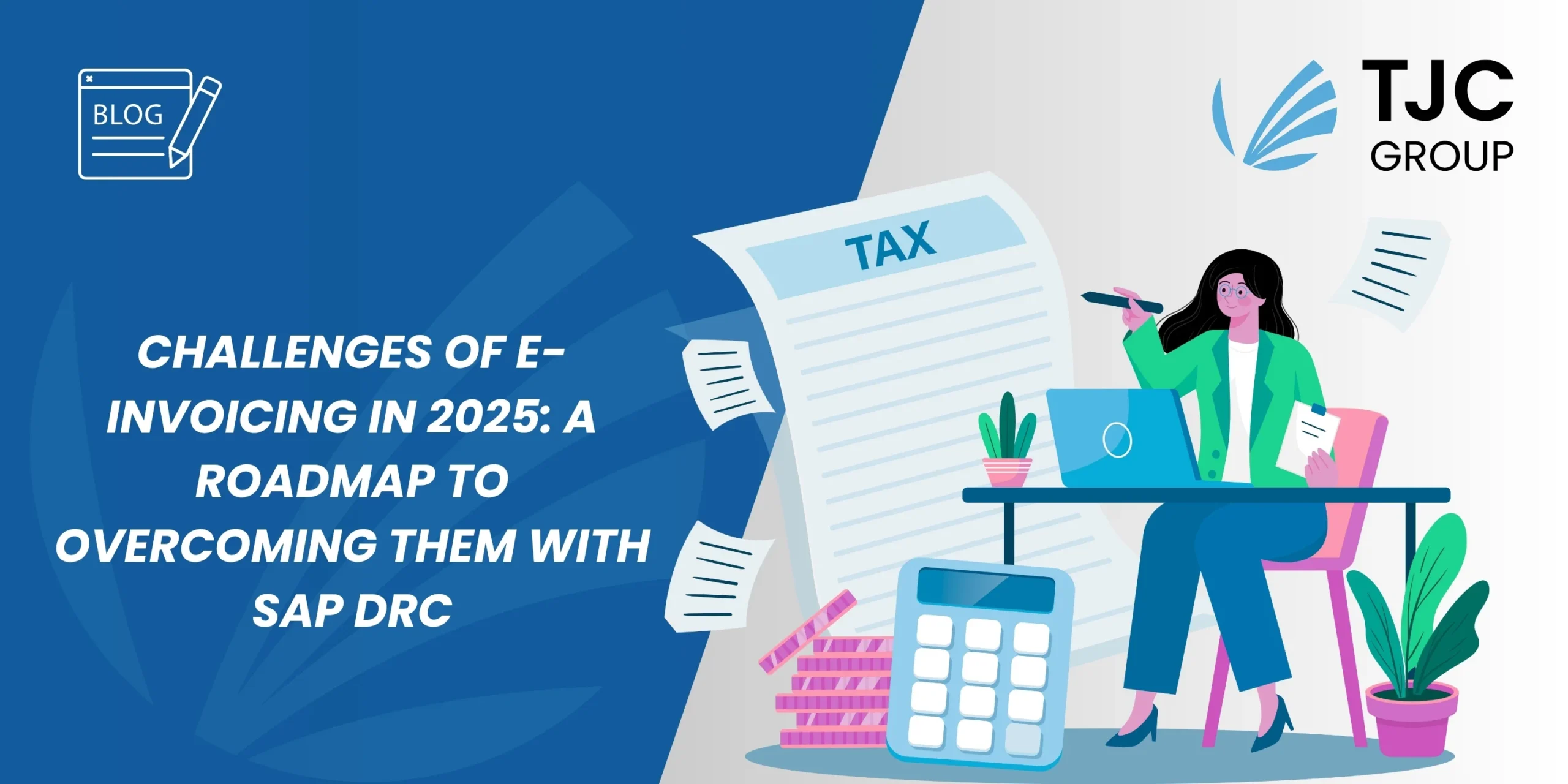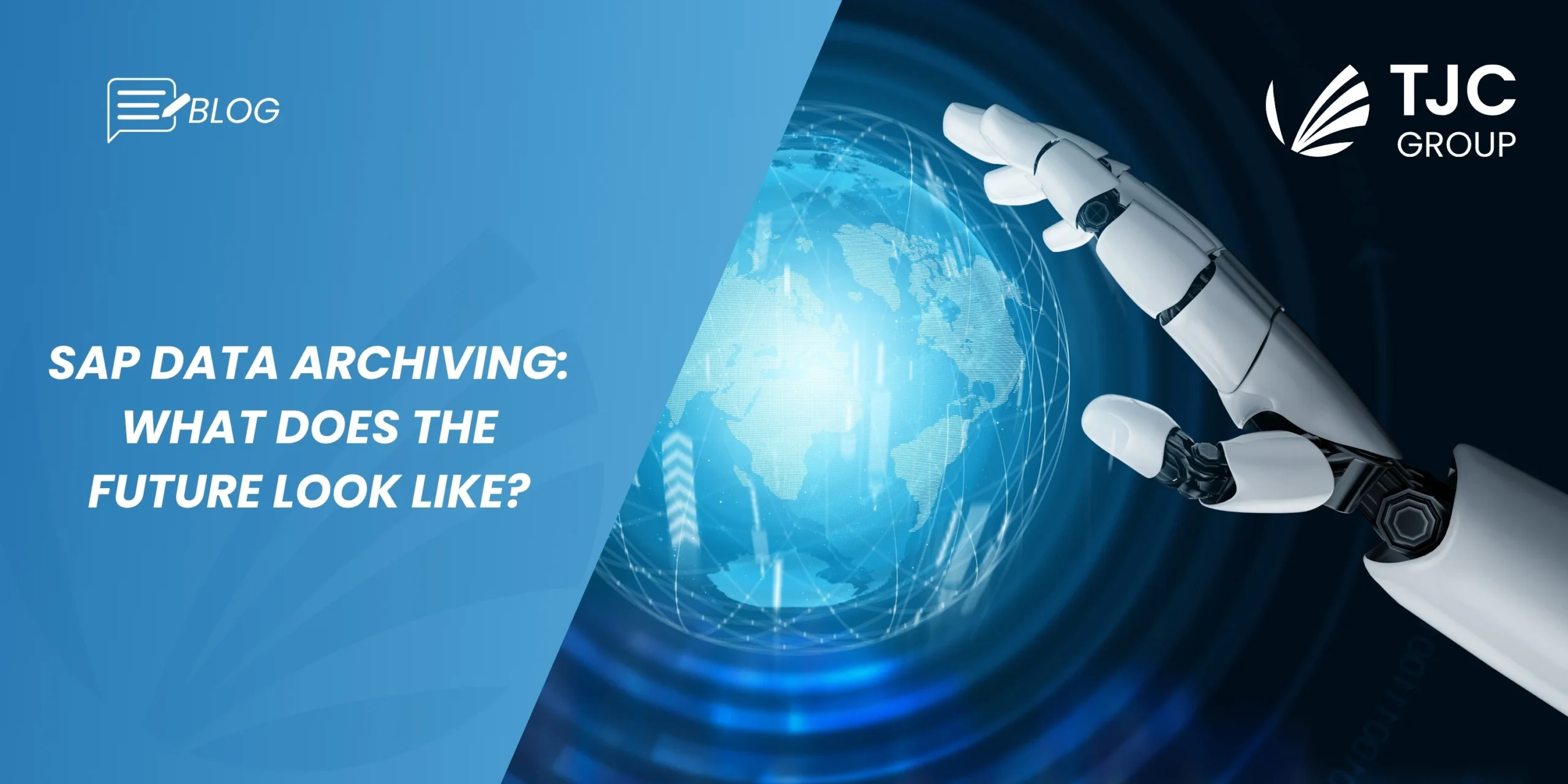Data Archiving is an essential part of planning for a migration from a legacy platform to S/4HANA. It’s neither cost efficient nor practical to take all data from an older SAP environment to HANA, yet a surprising number of companies start out thinking they will. Any data that isn’t needed should be archived off, because every unnecessary gigabyte of data will add £31 per year, in memory alone, to the cost of your new HANA environment. Given that the majority of systems being migrated will involve multiple terabytes of data, this is a huge cost saving.
When data is archived, it is removed from routine access but remains available for compliance purposes, or in case access is ever needed in the future. Importantly, it can be stored separately, using much cheaper cloud storage options.
A no-brainer deal
Archiving is necessary for ongoing data housekeeping. It ensures resources are not being wasted storing records that are no longer needed by the business, but there will come a point at which the data needs to be deleted completely – particularly for GDPR compliance reasons. This is where an Information Lifecycle and Data Volume Management strategy becomes essential.
Another benefit is that system performance will be improved. Less data means less interrogation and higher overall performance.
SAP is ending support for ECC completely by 2030 and our research has highlighted that many companies intend to migrate from this platform to either HEC, S/4HANA or a completely different ERP solution within the next 3 years. The project timescales for any ERP migration will typically span 18 months and planning for a phased approach should be commenced sooner rather than later.
Interested in Sustainability? Find out how Data Management contributes to sustainability in this ebook: https://info.tjc-group.com/ebook-data-volume-management-sustainability
Data Archiving in the context of SAP S/4HANA
S/4HANA is a hugely powerful system and one of the world’s leading ERPs, but it is an expensive platform. This is no surprise when you consider the value proposition that SAP as an enterprise platform offers. Managing total cost of ownership (TCO) of S/4HANA is very closely interlinked with having an effective Data Volume Management strategy in place. Less data means lower storage costs, but reducing data volume does not only impact here. You will also see improvements in other aspects – reduced system memory and disk space, reduced downtime and increased backup and restore times, plus an improvement in overall system performance. This can all mount up.
Massive savings on the SAP state
As a conservative estimate for an average SAP user employing 10,000 employees, a 30 second time saving made per 8 hour working day per employee equates to 667 hours saved across the organisation to lost productivity. This time saved can be diverted to learning and development, customer value-adding or wellness activities, all of which will improve employee engagement.
So far, this article has addressed the benefits of data volume management (DVM) for dealing with historical data. Equally, and if not more importantly given current trends, is the ability to help control future data growth, especially when DVM is introduced early in the data lifecycle. As the graph below shows, the growth trajectory for organisations that implement archiving later in the process will lead to a much higher cost of S/4HANA ownership. Apart from the cost of memory, this will impact refresh/backup times, migration times and overall system performance.
Source: TJC @ SAPSA User Group Meeting 2021
One project completed by TJC Group for a major telecoms provider perfectly illustrates these opportunities. This archiving project addressed very large data volumes and saved a total of 10.4TB that did not need migrating to S/4HANA . It amounted to a direct year-on-year storage cost saving of £322,400 per annum, equating to £1.55m over 5 years. Representing a 50% reduction in total data volumes within the SAP system, if this company had not archived data at this level they would have been unable to migrate to HANA Enterprise Cloud (HEC) in the very short time window available.
A final say
The ongoing archiving strategy this company implemented was fully automated, requiring minimal resource intervention for maximum data volume reduction.This last point is critical because, without archiving becoming part of an ongoing Information Lifecycle Management strategy, data volumes can quickly return to the original levels and any advantages gained from archiving can be lost.











